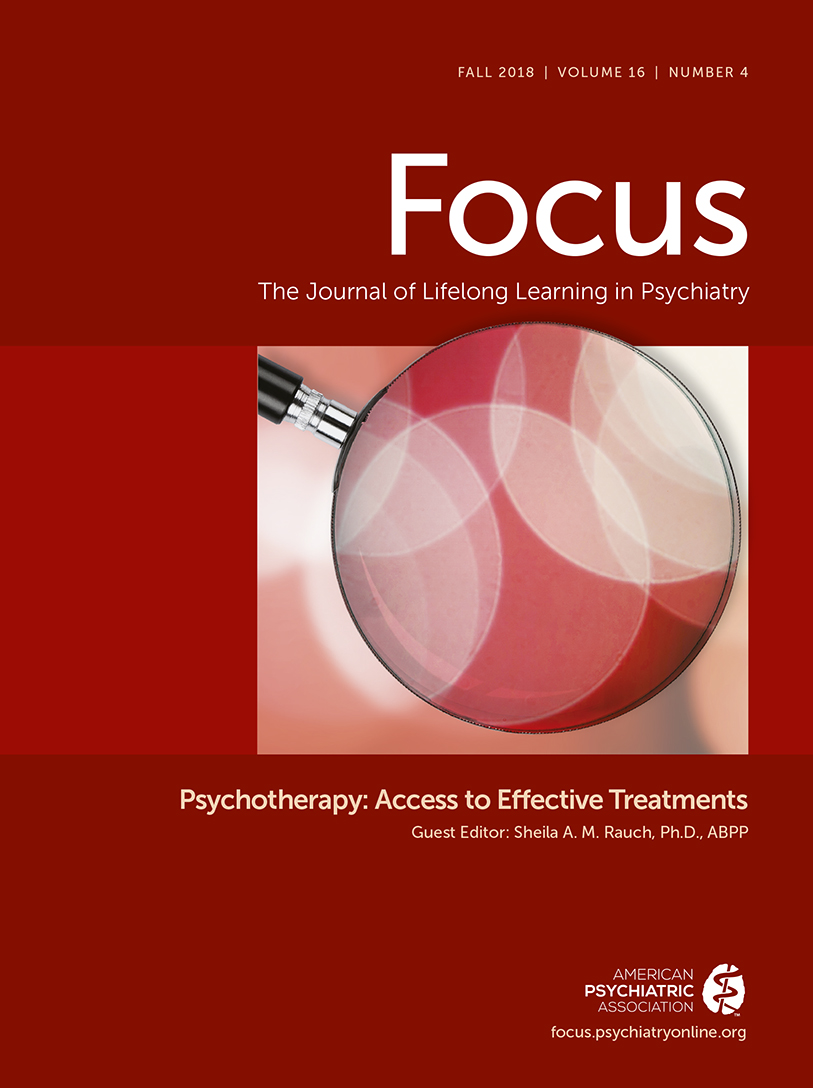Imaging the Future of Major Depression
Andrew Drysdale et al.’s 2017 article in Nature Medicine (1) is a highly technical and intimidating read without immediate clinical applications, but it pushes one to ask fundamental questions about the future directions of biomarker-based research into the treatment of psychiatric disorders. It is now evident that clinical subtyping alone will not lead to advances in precision medicine for major depressive disorder. The answers must come from biology, although the specifics of which, how, when, and in whom biomarkers should be assayed to guide treatment remain obscure. Great hope has been placed in neuroimaging, and the field is awash in small-sample, minimally replicated depression subtypes and predictors of treatment outcomes.
Drysdale et al. conducted machine learning analyses on a large number of patients to identify inherent patterns of resting-state functional connectivity for use in defining biotypes of major depression, without regard to standard clinical subtypes. They identified four biotypes of dysfunctional connectivity between the frontostriatal and limbic networks, reporting high classification accuracy in a replication sample, and found associations of the biotypes with the Hamilton Depression Rating Scale items of anxiety and anhedonia. In a subset of patients who received transcranial magnetic stimulation, the biotypes identified likely responders to the treatment. Drysdale et al.’s (1) approach represents a bold undertaking to define a classification system for major depression based on bottom-up, biologically driven analysis of neuroimaging data. Replication by other groups and assessment of the biotypes’ accuracy in predicting treatment outcomes will determine the eventual clinical value of this intrepid work.
In contrast to the strategy used by Drysdale et al., other investigators, such as our group at Emory University, led by Helen Mayberg, M.D., have approached the personalization of depression treatment from a more utilitarian perspective: identifying pretreatment brain-imaging signatures that moderate likely outcomes to psychotherapy and medication, thereby defining the relevant biology via its associations with patient-level treatment responses. The contrast between these approaches highlights a key question regarding where to place the emphasis in biomarker research development: Should the focus be on how to more precisely apply existing treatments or on building a fundamentally new, biologically based classification system for psychiatric disorders, with the expectation that it will, in time, yield novel treatments that specifically target the identified pathology?
1 : Resting-state connectivity biomarkers define neurophysiological subtypes of depression. Nat Med 2017; 23:28–38Crossref, Google Scholar



